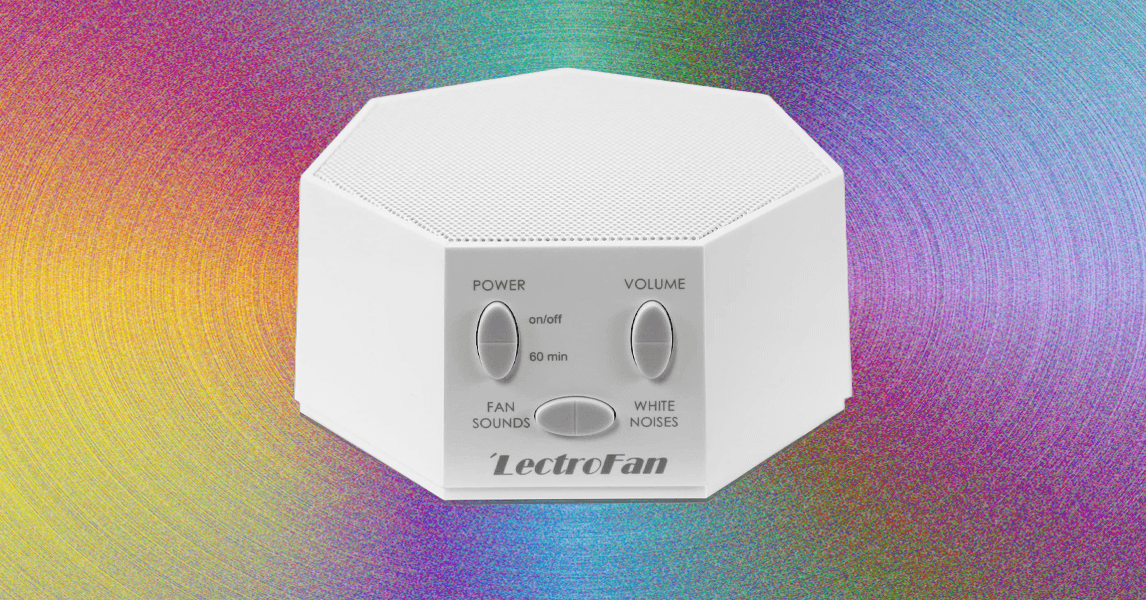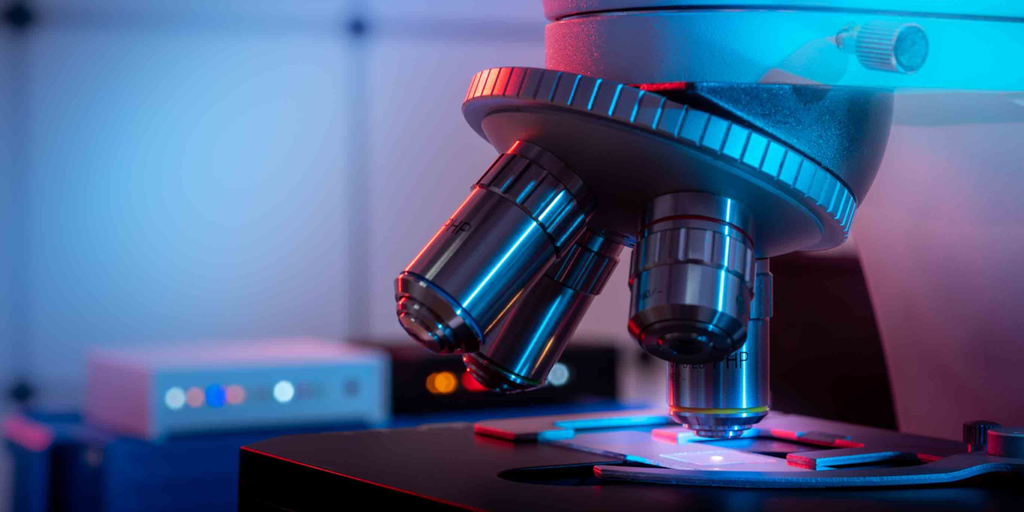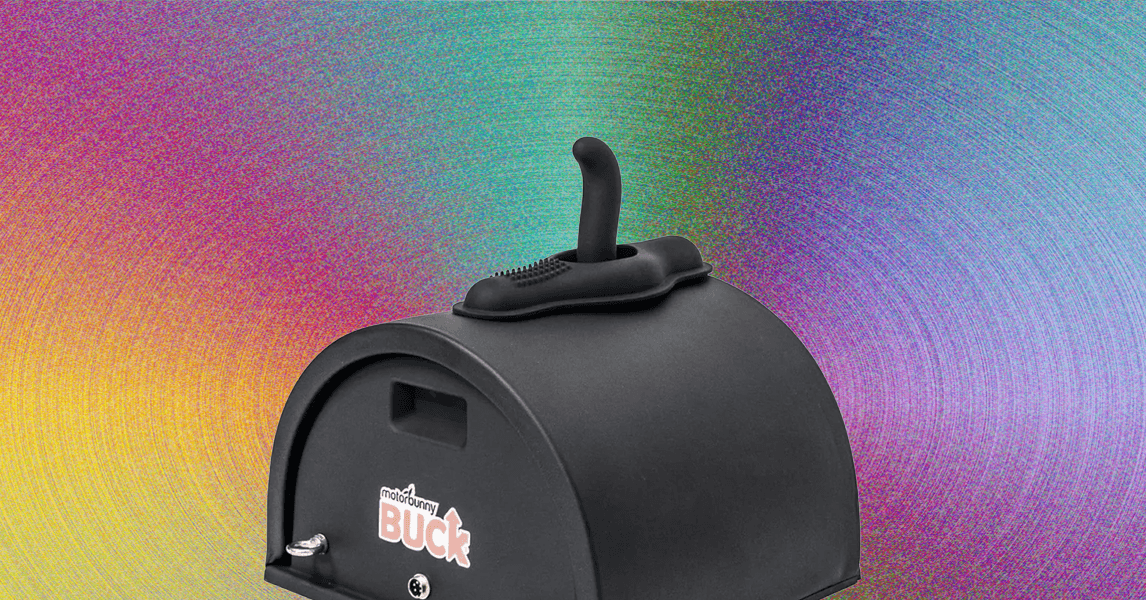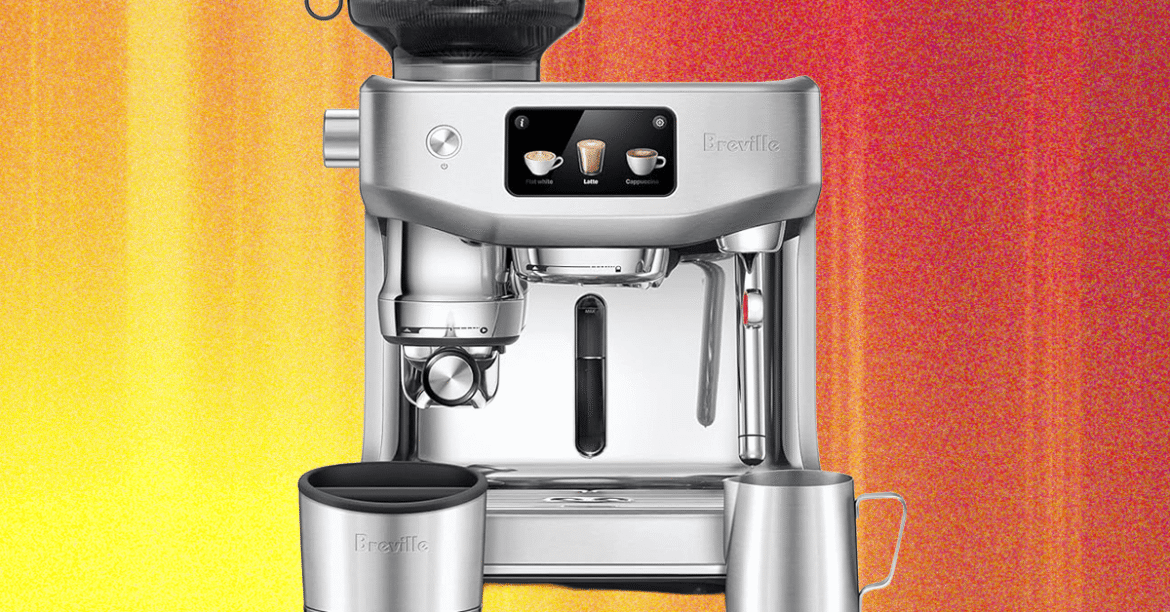Regardless of if you need a new laptop for work or play, October Prime Day may have just what you’re looking for at a good price. Amongst the clothing, shoes, household essentials and other tech gear are some decent laptop deals that you can snag if you’re a Prime member — and even some that you can grab without a Prime subscription.
But deciphering what constitutes a “good deal” on a laptop during Prime Day can be a bit challenging. That’s due in part to the manic nature of laptop prices on Amazon in particular: they fluctuate often depending on model, brand, configuration, seller and more. But Engadget can help by collecting all of the best October Prime Day laptop deals here so you don’t have to go searching for them.
Best Prime Day laptop deals: MacBooks
Apple’s latest laptops are the MacBook Air M4 and the MacBook Pro M4, and we recommend getting those if you want a device that’s as future-proof as possible at the moment. You’ll find decent MacBook deals on Amazon throughout the year, and most of them will be on the base configurations. In a welcomed update earlier this year, Apple recently made all base models of the MacBook Air M4 have 16GB of RAM by default (which is the same as you’ll find on the base-level Pros).
Best Prime day laptop deals: Windows laptops
You’ve got a lot of variety to choose from when it comes to Windows laptops, and that can be a blessing or a curse. We recommend looking for a laptop from a reputable brand (i.e. Microsoft, Dell, Acer, Lenovo and others like them), and one that can handle daily work or play pressures. That means at least 16GB of RAM and 245GB of SSD storage, plus the latest Intel or AMD CPUs. If you’re looking for a new gaming laptop, you’ll need a bit more power and a dedicated graphics card to boot.
Best Prime Day laptop deals: Chromebooks
Most Chromebooks are already pretty cheap, but that just means you can get them for even less during an event like Prime Day. However, there are a ton of premium Chromebooks available today that didn’t exist even three years ago, so now is a great time to look out for discounts on those models. In general, we recommend looking for at least 4 to 8GB of RAM and at least 128GB of SDD storage in a Chromebook that you plan on using as your daily driver.









